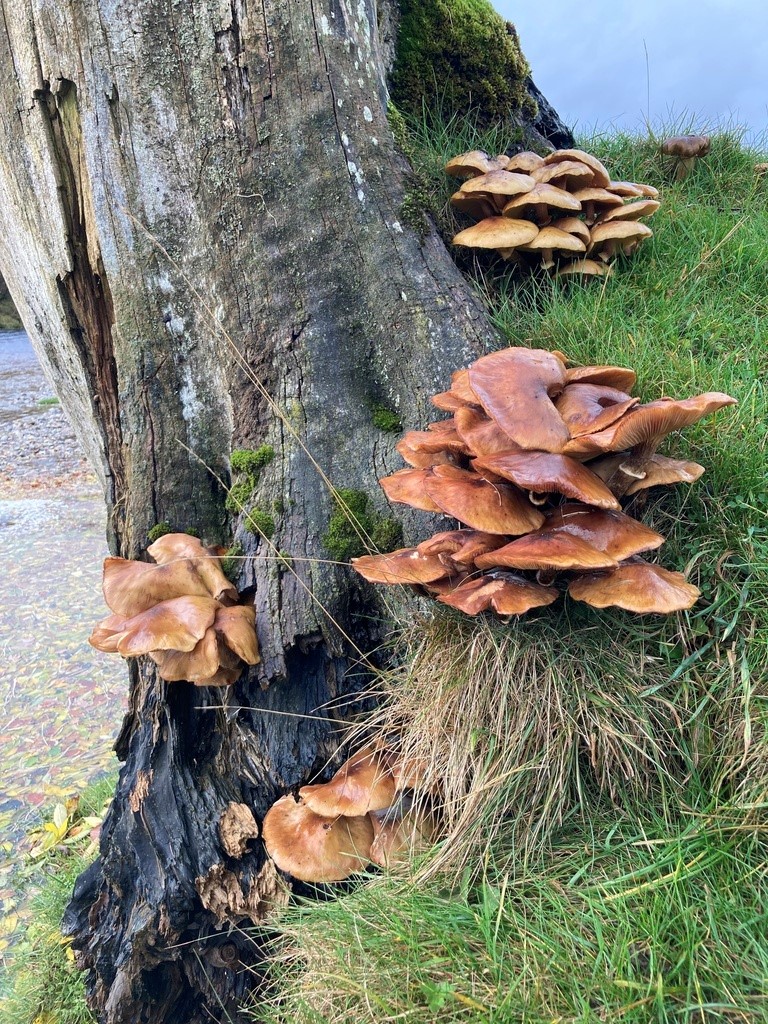
Look Wild: Autumnal Fungi
-
Date posted: 29/11/2022
-
Time to read: 10 minutes
Autumn is always a great time for Fungi and this year has been especially good. The dry summer seems to compress the fruiting season when we see them above the ground. In just the month of October we had 4822 different fungi photographed and added to iNaturalist across our 15 UK National Parks.
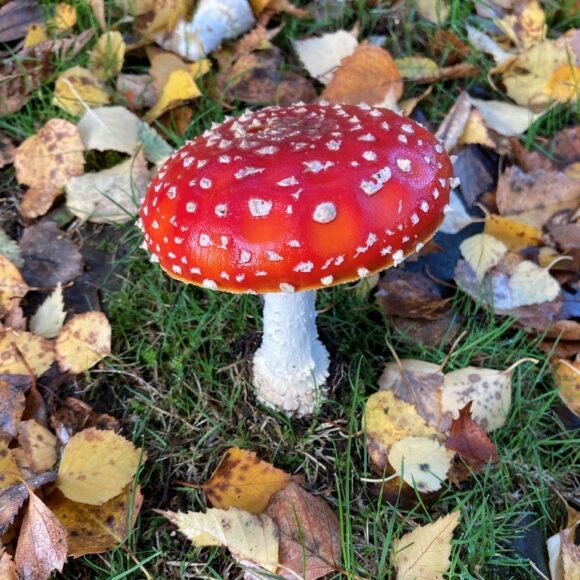
Fly Agaric
The most observed species was the beautiful but dangerous Fly Agaric. With it’s red cap, peppered with bits of the white veil (the pouch it grows in), it stands out in the woods. As it grows it makes connections with roots of different trees and like many fungi can actually help them grow.
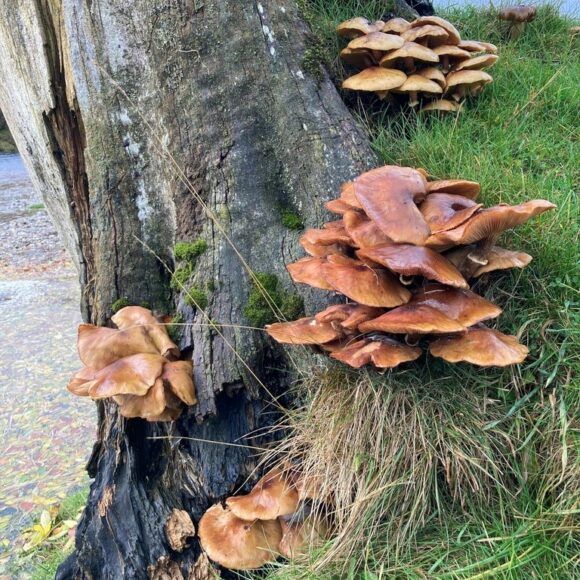
Honey Fungus
As well as these beneficial fungi there were also plenty that damage and even kill trees. The honey fungus can stretch for miles under the soil usually seeking out trees with pre-existing weaknesses to parasitize. It grows under the bark, slowly strangling the tree until it dies, then the honey fungus begins to rot it down. At this stage in its life cycle, it can actually make the wood glow faintly in the dark. It is quite a sight to see but requires zero light pollution and just the right conditions.
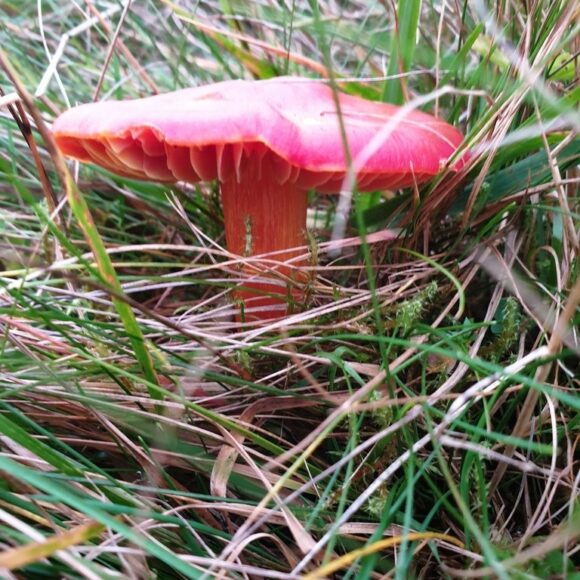
Crimson Waxcap
There have also been plenty of sightings of rare waxcaps that can help to identify areas of grassland that has been left undisturbed for many years. One of my favourites is the crimson waxcap. It is one of the larger species in the waxcap family and with its thick stem and bulky cap it is one of the easiest to identify.
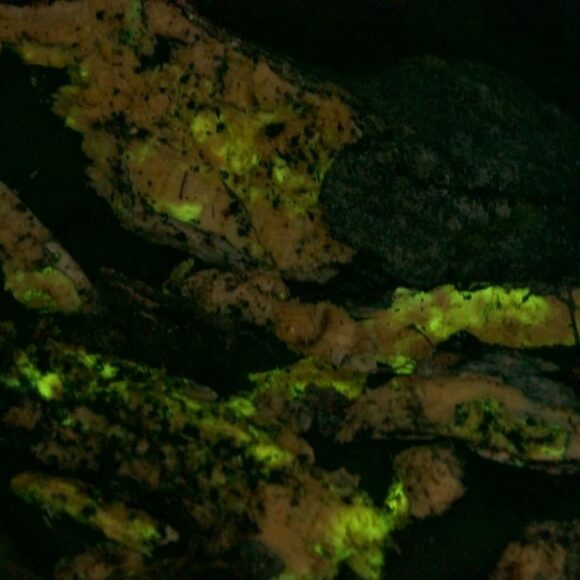
When photographing fungi to identify it can be really helpful to get views from different angles, top of the cap, where the gills attach to the stem, and where the stem attaches to the ground or log. If they are growing in large numbers one can be picked and upturned to allow this, otherwise selfie mode or a small mirror can be a great help. Adding notes like slimy cap, dry stem, strong smell, and saying what was growing on or near can all help identification.
It is great to see all the observations coming in on National Parks UK LookWild. The 4822 fungi observations were made by 708 people out visiting our national parks in just this October and a further 240 people helped identify what was found. Between them they found 516 different species of fungi, but it is just a fraction of what is there. At the last count there were 16 thousand species in the UK, and this list is always being added to as we learn more.
If you’ve been inspired to get out into nature, you can share any photos or observations with us and get featured on our social or our newsletter! Send your observations to connect@nationalparks.uk
Join i-Naturalist and start identifying nature near you today! LookWild is a brilliant citizen science project that helps contribute to our data and knowledge of wildlife and habitat health across the UK.
This Blog was written by Patrick Watts-Mabbott, Volunteer and Outreach Officer at Exmoor National Park.